In the modern world, we are constantly pressed to have the latest things, and our cars are no exception. We’re told year after year that the latest model is safer, more attractive, better to drive, and has essentially rendered anything that came before it obsolete. It’s a pretty aggressive system when you think about it.
Who says that the age of a car makes it obsolete or less desirable? One model that certainly defies such logic is the ever-magnificent Honda S2000. First introduced to a motoring public back in 1999 for the 2000 model year with one simple objective in mind — make driving fun again!
Introducing: The Honda S2000
The S2000 is an open-top sports car that enjoyed a decent production run from 1999 to 2009. The designation “S2000” is a reference first to the car’s class (S is for sports car), and also to the now much-adored 2.0L four-cylinder naturally aspirated engine (2000ml displacement). Those familiar with Honda’s production history won’t be surprised by this, given that Honda had similarly named previous roadsters like the S500 and S800 in a similar style.
While the car underwent a number of changes to its design and hardware, there were only two real incarnations of the car to speak of:
- The AP1 (1999-2003)
- The AP2 (2004-2009)
It should be noted that the AP2 was the main designation for the North American models of the S2000 after 2003. In Europe, Australia and Japan, the AP1 name was continued because these cars still contained the same F20C engines as the previous generation. They did, however, receive many of the other updates and upgrades we mention further below when we compare the AP1 and AP2.
So, was it just a large engine and an aesthetic with seemingly universal appeal that made this car so successful in its 10-year run? The short answer is no. One more key factor made this car so incredibly appealing worldwide — horsepower. This sleek, athletic 2-door roadster in its standard configuration delivers some 240hp. Let’s delve deeper:
What’s Under the Hood?
Beyond its pleasing looks and charm, the real treasure of the Honda S2000 lay in its engineering. Here’s the rundown of the key build features that drivers simply can’t resist about the S2000:
- Front-engine design
- Rear-drive layout
- Six-speed, close-ratio manual transmission
- Unequal-length control-arm suspension
- Firm and supportive bucket sports seats
- All with a total weight of under 2800 pounds…
- …and an initial retail sticker in 1999 of just $30,000
Put simply, this design is the sports car driver’s dream. Light in weight, powerful, to-die-for handling, and a head-turning look that is impossible to resist. Furthermore, the S2000 has from the beginning been a truly affordable sports car option. Drivers before the 1999 release of this Honda masterpiece would have had to fork out from $40,000 to $150,000 for the same power-to-weight ratio as offered by the S2000. Only four mass-produced roadsters of that time could beat it, namely the Chevy Corvette, the Dodge Viper RT/10, the Ferrari F355 Spider, and the Plymouth Prowler.
We couldn’t finish this section without remarking on the RPM redline of the S2000. Its fantastic 240hp is generated at 8300rpm, but this car’s powerful engine revved to an astonishing redline of 8,900rpm. This was even greater than the then $170,000 Ferrari 360 Modena. It’s hard to believe that all this was wrapped up in a single automotive package 20 years ago. To read about it now, we’d easily believe that the S2000 could challenge any current car in terms of performance, power, handling, and design.
AP1 and AP2 – What’s the Difference?
If you’re now thinking strongly about getting a Honda S2000, you might wonder whether you should opt for the original AP1 (1999-2003), or the second-generation AP2 (2004-2009). Here are the main differences you need to know about:
1. Engine Size and Torque
The original 2.0L engine that came with the AP1 was pleasing to many because of the high-power output and amazing performance at the higher end of the RPM scale. Having said that, there are some who point out that the AP1 was sluggish in torque, especially when driving at a low RPM. It typically achieved 153lb-ft at 7500rpm. The North American AP2 featured a 2.2L engine, which while having a lower RPM limit of 8200, offered a modestly better torque rating at the lower end of the spectrum — 162lb-ft at 6,800rpm.
2. Suspension
The AP2 had its suspension retuned in order to reduce potential oversteer that some drivers experienced with the AP1. Essentially, the AP2 included changed spring rates and shock absorber damping, which in turn lowered tow-in changes when cornering.
3. Looks
There were several changes to the aesthetic made between the two generations, including new front and rear bumpers, LED tail lights, oval-tipped exhaust pipes, and more. The AP1 had 16″ wheels while the AP2 had 17″ inch wheels and all-new tires from Bridgestone. In all, it was a pleasing facelift that updated and refreshed the model for its next several years of production. The AP1 warmed up the crowd and found a captive audience. The AP2 went all out to show the real personality of this car.
4. Gears
The gears of the AP1 were longer, which is part of what gave the AP1 its impressive top speed and pull. Increasing the displacement by swapping out the F20 for the F22 engine meant altering the gears in the AP2, shortening the first 5, and lengthening the sixth.
Special Versions
There were a number of special editions of this car that were also produced in its run. These editions were usually exclusive to one particular region or market. Examples included (but were not limited to):
- AP1 – Type V (2000, Japan only) – featured variable gear ratio steering, revised damping units, and a special-edition steering wheel.
- AP2 – Club Racer (2008, US) – a track-oriented version of the car with reduced weight, simplified interior and many performance boosts.
- AP2 – GT (2003, UK) – this model had a fantastic removable hardtop and an outside temperature gauge.
Other Small Differences
The AP1 (1999-2003) and the AP2 (2004-2005) still drive by wire. Starting in 2006, there was a switch to an electronic stability control system. Also in 2006, they included other things like better seating and speakers in the headrest.
The Honda S2000 is a Car of Fun — A Truly Timeless Machine
What we learn from the example of the S2000 is that some cars can never be characterized by their year of production or release. Some cars surpass the confines of time and will delight us for years to come with their great appearance, dynamic performance capabilities, and more. They have a certain “Je ne sais quoi” about them, and it’s one of those things that you only really know when you see it for yourself.
Try out an S2000 for yourself and we are sure that you’ll be instantly hooked and enamored with this glorious piece of Japanese engineering. Bravo, Honda.


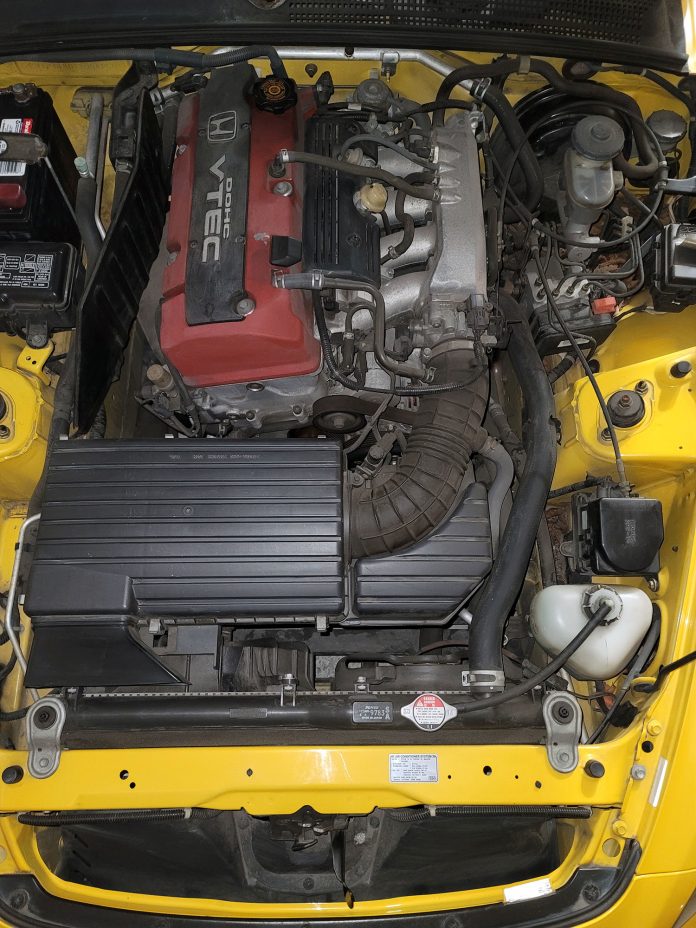
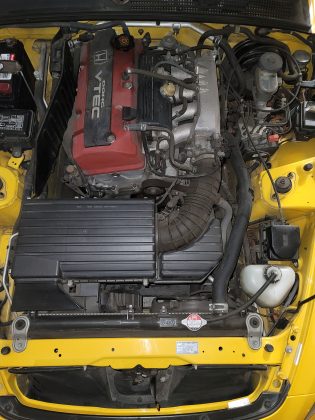
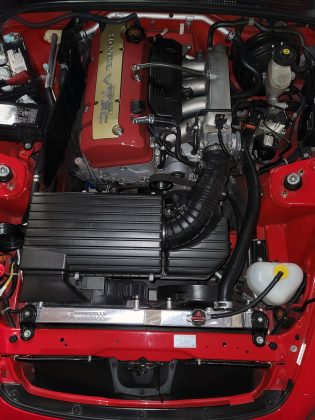
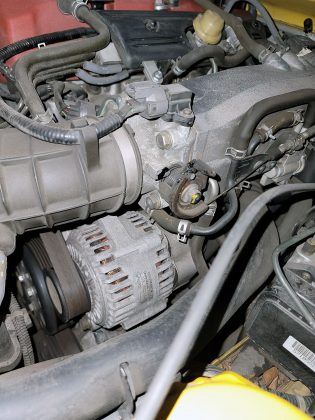
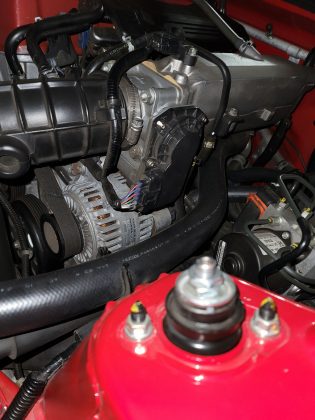
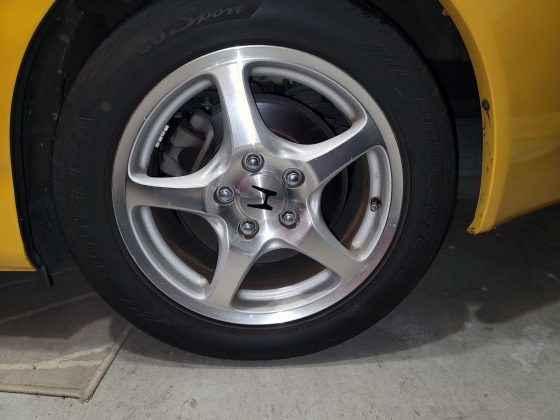
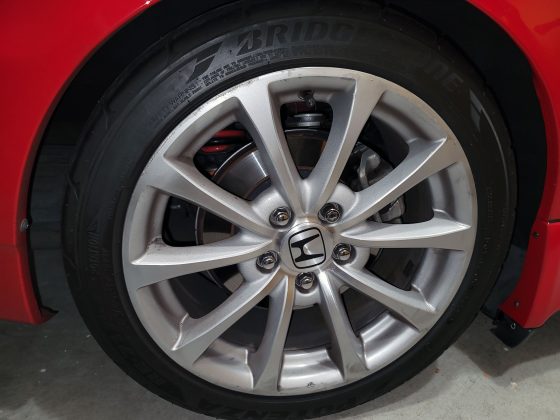

I have a Ap1 S2000 2003 got it that same year and still drive it today made a few changes, but everyone of all age groups like it. I do have pictures before and after the change had the motor rebuilt at 206000 miles.They often ask what is it.
Nice! We have three…one 2007 and two 2001. All under 117,000 miles.
KamblingFeelz!
Thank you!
I have 2000 model (AP1 of course) which I bought in late 2001 with 8000 miles on it. I have 130,000 on it now and still drive it daily. I can’t think of any car which is remotely in my price range which I would consider ‘upgrading’ to, and honestly very few which are outside of my price range qualify as ‘upgrades’ to this awesome car. Still a lot of fun to drive, although there are many cars on the road nowadays which are quicker off the line.